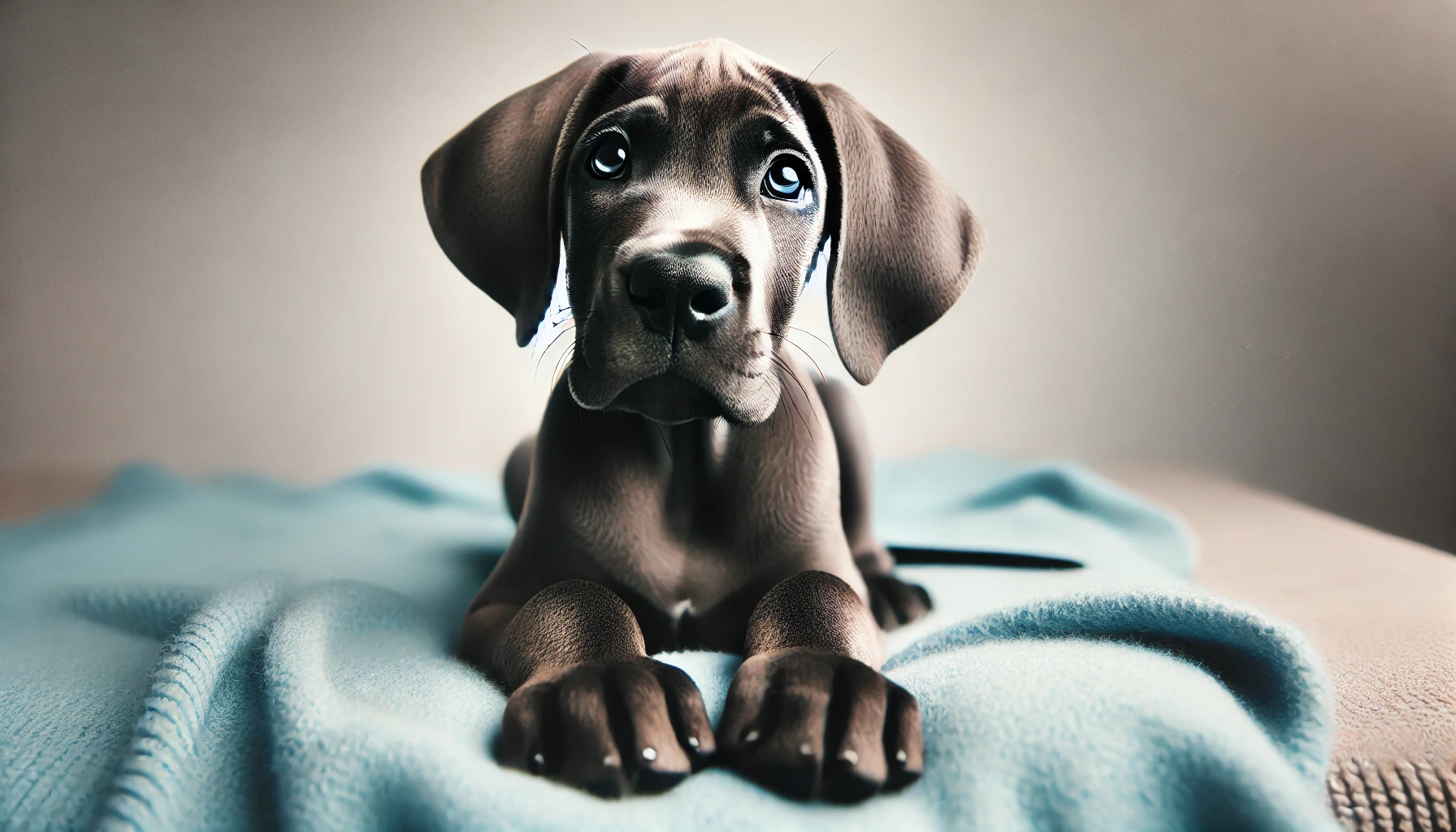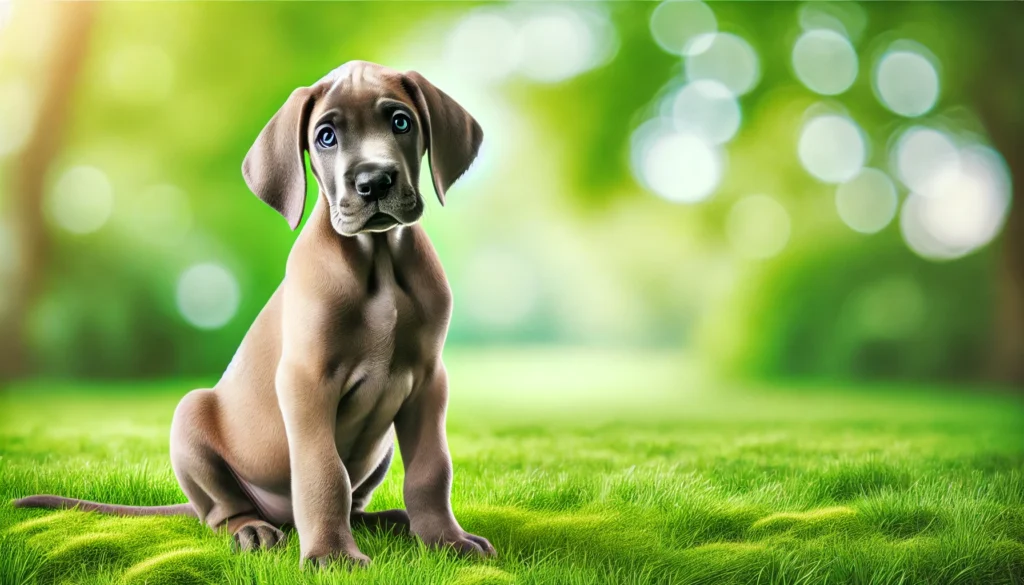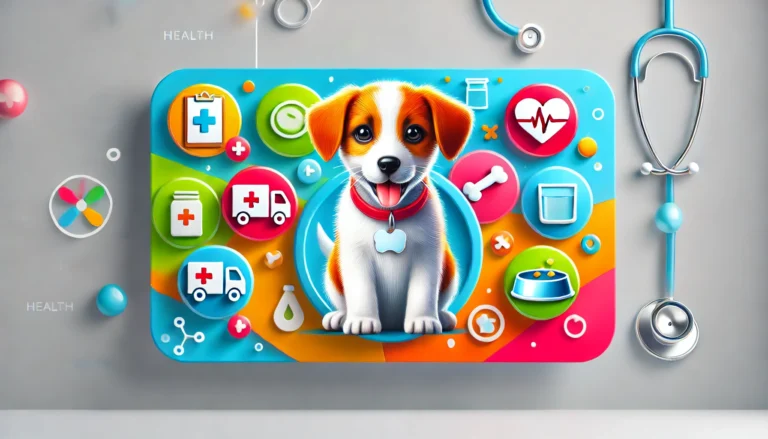great dane puppies Dog Breed Health and Better Care

Introduction of great dane puppies
Great Dane puppies are undeniably one of the most lovable and striking breeds you can find. Known for their towering height and gentle nature, these gentle giants have captured the hearts of many dog lovers. However, along with their charm comes the responsibility of understanding their specific health and care needs. In this article, we’ll delve into the important aspects of caring for Great Dane puppies, including their health issues, nutrition, exercise, grooming, and more. Whether you’re a potential owner or already have a Great Dane puppy, this guide will provide you with valuable insights to ensure your canine companion thrives.

Understanding the Great Dane
A Brief History of great dane puppies
The history of the Great Dane dates back thousands of years. Originally bred in Germany for hunting large game, the Great Dane has evolved into a beloved family companion. Their regal appearance and loyal nature make them a popular choice among dog owners. With a height often exceeding 30 inches at the shoulder, Great Danes are one of the largest dog breeds, but their affectionate temperament can surprise many.
Characteristics of Great Dane Puppies
Great Dane puppies are characterized by their playful demeanor, curiosity, and affectionate nature. They grow rapidly, and their size can be quite overwhelming at times. Understanding their characteristics is crucial for new owners to foster a healthy environment for these adorable puppies.
- Size: Great Dane puppies grow incredibly fast and can weigh between 20 to 30 pounds by 3 months.
- Temperament: Generally, Great Danes are friendly, gentle, and good with children, making them an ideal family pet.
- Colors: They come in a variety of colors, including fawn, brindle, blue, black, and harlequin.
Health Issues in Great Dane Puppies
Like all breeds, Great Danes are susceptible to specific health issues. Understanding these potential problems will help you provide better care for your Great Dane puppy.
1. Hip Dysplasia
Hip dysplasia is a common condition in Great Danes. This genetic condition occurs when the hip joint doesn’t fit properly into the hip socket, leading to pain and arthritis.
- Symptoms: Difficulty in standing, limping, or reluctance to exercise.
- Management: Regular veterinary check-ups, maintaining a healthy weight, and controlled exercise can help manage this condition.
2. Gastric Dilatation-Volvulus (GDV)
Gastric dilatation-volvulus, or bloat, is a life-threatening condition that can occur in Great Danes due to their deep chest structure.
- Symptoms: Distended abdomen, unproductive retching, excessive drooling.
- Prevention: Feeding smaller, more frequent meals, avoiding vigorous exercise after eating, and using slow feeders can reduce the risk of bloat.
3. Dilated Cardiomyopathy (DCM)
DCM is a serious heart condition where the heart becomes enlarged and weakened. Great Danes are particularly prone to this disease.
- Symptoms: Coughing, lethargy, and difficulty breathing.
- Management: Regular veterinary visits to monitor heart health are crucial.
4. Osteosarcoma
Osteosarcoma, a type of bone cancer, is more common in large breeds, including Great Danes.
- Symptoms: Lameness, swelling over the affected bone.
- Management: Early detection through regular check-ups can improve treatment outcomes.
5. Ear Infections
Great Danes’ floppy ears can trap moisture and debris, leading to ear infections.
- Symptoms: Head shaking, scratching at the ears, foul odor.
- Management: Regular ear cleaning and monitoring for allergies can help prevent infections.
Caring for Great Dane Puppies
Nutrition
Proper nutrition is essential for the growth and health of Great Dane puppies. Due to their rapid growth, it’s crucial to provide them with a balanced diet.
Choosing the Right Food for great dane puppies
- High-Quality Puppy Food: Look for puppy food specifically formulated for large breeds. This ensures they receive the necessary nutrients without excessive calories that could lead to rapid growth and associated health issues.
- Protein-Rich Diet: Great Dane puppies need a diet high in protein to support muscle development.
Feeding Schedule
- Regular Meal Times: Feeding your Great Dane puppy three times a day until they are about six months old can help control their energy levels and prevent bloat.
- Portion Control: Follow the feeding guidelines on your dog food package and adjust according to your puppy’s growth and activity levels.
do you know
By choosing plain, cooked oatmeal and incorporating it into a balanced diet alongside other nutritious foods, you can provide your dog with a tasty and potentially beneficial treat
Exercise for great dane puppies
While Great Dane puppies may appear lethargic due to their size, they require regular exercise to stay healthy and happy.
Daily Activity Requirements
- Moderate Exercise: Aim for 30 minutes to 1 hour of exercise daily, which can include walks, playtime, or gentle fetch games.
- Socialization: Introduce your puppy to different environments, people, and other pets to promote good behavior and social skills.
Avoiding Overexertion
- Monitor Growth: Limit high-impact activities during their growth phase to prevent joint issues. Focus on low-impact exercises until they reach maturity.
Grooming
Great Dane puppies have short coats that require minimal grooming compared to other breeds, but they still need regular care.
Brushing and Bathing
- Weekly Brushing: Brush your Great Dane puppy once a week to remove loose hair and dirt.
- Bathing: Bathe them as needed, typically every few months or when they become particularly dirty.
Nail Trimming and Dental Care
- Regular Nail Trimming: Trim your puppy’s nails every few weeks to prevent overgrowth and discomfort.
- Dental Hygiene: Brush your Great Dane’s teeth several times a week to prevent dental issues.
Training
Training is essential for Great Dane puppies to ensure they grow into well-behaved adults.
Basic Commands and Socialization
- Start Early: Begin training as soon as you bring your puppy home. Focus on basic commands such as sit, stay, and come.
- Positive Reinforcement: Use treats and praise to encourage good behavior.
Obedience Classes
- Consider Classes: Enrolling your Great Dane puppy in obedience classes can provide structured training and socialization opportunities.
Understanding Great Dane Lifespan and Growth
Lifespan of Great Danes
The average lifespan of a Great Dane ranges from 7 to 10 years, which is shorter than many other breeds due to their size. Understanding their life expectancy can help you prepare for their health needs as they age.
Growth Patterns
Great Dane puppies grow rapidly in their first year. It’s essential to monitor their growth to ensure they are developing healthily.
- Growth Chart: Use a growth chart specific to Great Danes to track your puppy’s weight and height as they grow.
- When Do They Stop Growing?: Most Great Danes reach their full height by 12 to 18 months but may continue to fill out and gain weight until they are around 2 to 3 years old.
Conclusion
Great Dane puppies are an incredible addition to any family, providing love and companionship like no other breed. By understanding their health needs, providing proper nutrition, ensuring regular exercise, and engaging in effective training, you can help your Great Dane grow into a well-adjusted and happy adult. With their impressive stature and gentle temperament, Great Danes truly embody the phrase “gentle giant.” Whether you’re considering bringing home a Great Dane puppy or already have one, remember that proper care is key to ensuring a long, healthy, and fulfilling life for your furry friend.
Great Dane Puppies: Common Questions
Are Great Danes Good with Kids?
Yes! Great Danes are known for their gentle and friendly nature, making them excellent companions for children. However, supervision is essential, especially with younger kids, due to their size.
How Much Do Great Dane Puppies Cost?
The price of Great Dane puppies can vary widely based on factors such as breeder reputation, location, and lineage. On average, you can expect to pay between $600 and $3,000 for a Great Dane puppy.
Do Great Danes Shed?
Yes, Great Danes do shed, but their short coats make shedding relatively easy to manage. Regular brushing can help reduce the amount of hair in your home.
How Big Do Great Danes Get?
Great Danes are one of the largest breeds, with males typically weighing between 140 to 175 pounds and females between 110 to 145 pounds. They can stand between 28 to 34 inches tall at the shoulder.
What Is the Best Dog Food for Great Danes?
Look for high-quality dog food formulated for large breeds, ensuring it has the right balance of protein, fats, and carbohydrates to support their growth. Consult with your veterinarian for specific recommendations based on your puppy’s needs.
Is oatmeal safe for dogs to eat?
Yes, oatmeal is generally safe for dogs to eat in moderation. It can be a healthy addition to their diet, as it provides fiber and essential nutrients. However, it’s important to introduce it gradually to avoid any digestive upset and to ensure your dog does not have any allergies to grains.
How much oatmeal do I give my dog?
The amount of oatmeal you can give your dog depends on their size and dietary needs. A general guideline is to offer a small amount—about one tablespoon of cooked oatmeal for small dogs and up to half a cup for larger breeds. Always consult with your veterinarian for personalized advice based on your dog’s specific health needs.
Is oatmeal or rice better for dogs?
Both oatmeal and rice can be beneficial for dogs, but they serve different purposes. Oatmeal is higher in fiber, which can help regulate digestion, while rice is typically easier to digest and is often recommended for dogs recovering from stomach upset. The choice between the two should depend on your dog’s health condition and dietary needs.
Can I use human oatmeal on dogs?
Yes, you can use plain human oatmeal for dogs, but it’s important to ensure it is unsweetened and does not contain any additives, such as sugar, artificial sweeteners, or flavorings. Always prepare the oatmeal without any added ingredients that could be harmful to dogs, like chocolate or raisins.
Will oatmeal settle a dog’s stomach?
Oatmeal can help settle a dog’s stomach due to its soothing properties and high fiber content, which can aid in digestion. If your dog is experiencing mild gastrointestinal issues, plain cooked oatmeal may provide relief. However, if symptoms persist, it’s best to consult a veterinarian.
Is oatmeal good for dogs with itchy skin?
Oatmeal is often recommended for dogs with itchy skin, as it has anti-inflammatory properties that can soothe irritation. Oatmeal baths can help relieve itching and moisturize the skin, making it a common home remedy for various skin conditions in dogs.
Do I rinse my dog after an oatmeal bath?
Yes, it’s a good idea to rinse your dog after an oatmeal bath. While oatmeal can provide relief from itching and irritation, rinsing helps remove any residue and prevents the coat from becoming greasy or matted. Ensure you thoroughly rinse your dog to keep their skin healthy and comfortable.
Is oatmeal a laxative for dogs?
Oatmeal is not a laxative for dogs, but its high fiber content can promote regular bowel movements. In moderate amounts, it can help with constipation by adding bulk to the stool. However, excessive consumption may lead to diarrhea, so it should be given in appropriate portions.
What food is best for itchy dogs?
The best food for itchy dogs typically includes high-quality proteins, omega-3 fatty acids, and hypoallergenic ingredients. Foods specifically formulated for sensitive skin or those with limited ingredients can help identify and eliminate potential allergens that may be causing itching.
Will giving my dog an egg help with itching?
Yes, eggs can be beneficial for dogs with itchy skin, as they are a great source of protein and contain fatty acids that can improve skin health. However, it’s important to introduce eggs gradually and ensure they are cooked to avoid any risk of salmonella.
What is the number one food allergy in dogs?
The number one food allergy in dogs is often attributed to protein sources, with beef, dairy, and chicken being the most common allergens. Symptoms of food allergies can include itching, gastrointestinal issues, and skin irritations. Identifying and eliminating the offending ingredient from the diet is essential for managing these allergies.
Can I give my dog anything for itchy skin?
For itchy skin, you can consider providing your dog with oatmeal baths, fatty acid supplements (like fish oil), and hypoallergenic shampoos. Additionally, consulting your veterinarian for appropriate medications or dietary changes is crucial to effectively manage your dog’s skin condition.




